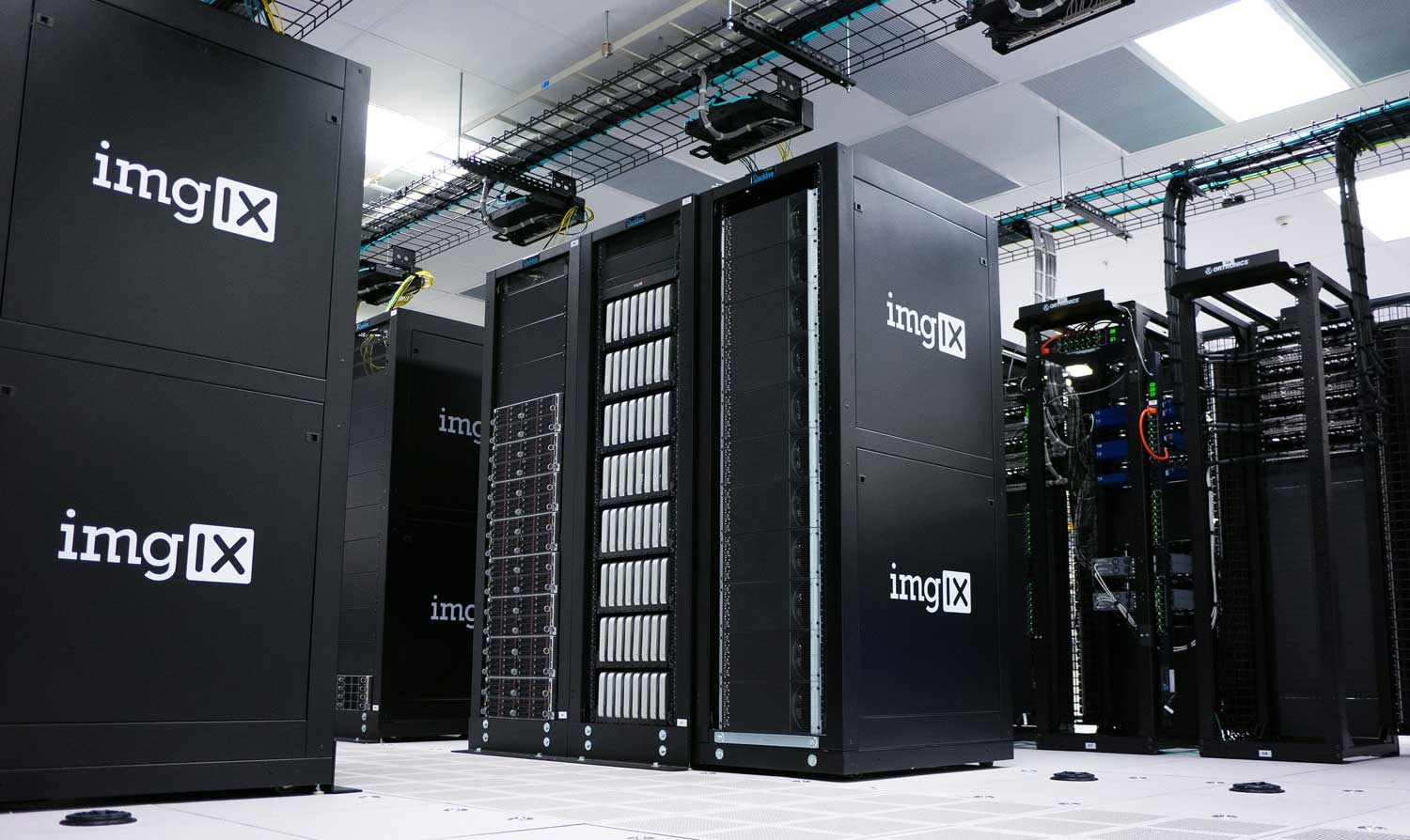In recent decades, new promising systems and solutions have emerged in the tech space. Hyper-converged Infrastructure (HCI) is one of the common tech solutions. This technology has gained traction among businesses due to the data storage and sharing benefits it offers. HCI is designed to combine the computing, networking, and storage functions in one integrated system. In this article, we explore HCI in-depth, discussing how it differs from converged infrastructure, its components, advantages, and disadvantages.
Defining Hyper-Converged Infrastructure
Hyper-converged infrastructure refers to a technology that has the ability to consolidate all data center functions into a single appliance that can be managed, deployed, and scaled with ease. By running storage, computing, and networking functions from a single hyper converged appliance, HCI allows businesses to increase the performance and efficiency of their IT infrastructure.
It also eliminates the incompatibilities and complexities that are common in conventional data centers. This means that businesses no longer require high-level expertise to manage and deploy their data centers, they can easily do so with HCI. Traditionally, server functions are delivered through hardware. HCI changes this by adding a software control aspect to data centers. This means that computer resources and operations are not tied to a specific hardware. Instead, they are deployed and managed using software.
It is this hardware-software integration that has earned HCI a second name, it’s also known as a software defined data center. In cloud-based environments, HCI offers businesses the flexibility they need without compromising performance, availability, and reliability. This means that they don’t have to deal with multiple vendors or invest in various components. Instead, they can scale existing data centers by adding building blocks.
Converged Infrastructure versus Hyper-Converged Infrastructure
Converged infrastructure and hyper-converged infrastructure have various differences but also share several similarities. The key differences between the two technologies are:
- Converged infrastructure is driven by hardware, while hyper-converged infrastructure is driven by software.
- In both systems, resources are placed and presented together as one product. But each technology adopts a different expansion model. Converged infrastructure utilizes the scale-up approach to integrate consumable resources like memory and storage. While hyper-converged infrastructure uses the scale-out approach where users simply add nodes to increase capacity. This means that HCI allows for the addition of multiple resources to data centers.
- Unlike HCI, converged infrastructure can be separated into independent blocks like storage or server.
- Hyper-converged systems come in one appliance while converged infrastructure consists of multiple components that may be sourced from multiple vendors. The different components of the converged infrastructure make it challenging to fix issues or update particular components.
- The storage in the convergence infrastructure is attached physically to the server. In HCI, there is a storage controller running as a service on each node. This enhances their scalability and resilience, which means that if one node in the storage fails, operations are not disrupted as the system redirects functions to another node
Conventional Data Center Challenges that Hyper-Converged Infrastructure Solves
Hyper-convergence infrastructure combines data center aspects in one server to form a software-managed pool of resources. Through HCI platforms, companies use intelligent tools to combine resources such as servers, storage, and networking so that they can be managed, deployed, and scaled easily. As a result, businesses don’t have to spend money installing separate servers, networks, or storage arrays in data centers.
By providing these capabilities, HCIs help to eliminate a range of challenges including:
- Inefficient utilization of available storage, networking, and computing resources
- Dependence on costly hardware
- Complexities in the deployment of resources and scaling of the same
- Dealing with multiple vendors and other third-party service providers
- Problems in the integration and management of diversified infrastructure
- Need to hire IT experts to support system administration, networking, storage, and software
- Need to configure hardware products manually and deal with incompatibility issues
Major Components of Hyper-Converged Infrastructure
HCIs bring server functions to a single platform. This connects storage, networking, and corresponding hypervisors to the server. HCIs also offer additional features to data centers. These include backups, data protection, cloud gateways, and replication. Rather than deal with complex hardware and configurations to offer these services, hyper-converged infrastructure leverages the software-defined approach.
An ordinary HCI system features distributed data management and organization files, an optional network, and a hypervisor. The main software and components include:
- Server Software – The software virtualizes the storage, computing, security, networking, and computing capabilities of the server. This allows admins to set up different virtual computers through hardware configurations. Examples of common virtualization technologies include ASV for computing, SAN for storage, and .Net for networking. Sophisticated HCI software can support virtualization, back-up, data protection, and disaster recovery functions.
- Network switches – These support the integration and scaling of hyper-convergence infrastructures into other IT architectures like local area networks and cloud environments. Network switches also facilitate the transfer of data between building blocks like nodes. Even so, communication between different virtual machines is facilitated by software-defined networks.
- Hypervisors – This is the software that links the host operating system and the physical server. The hypervisor serves as an abstraction layer, supporting workload management and containerization. The main functions of hypervisors include managing storage, computing, and networking resources. Typically, hypervisors comprise software tools that assign resources like memory, storage, CPU, and networking and support different applications and operating systems to share hardware resources.
Advantages and Disadvantages of Hyper-Converged Infrastructure
The main advantages of hyper-converged infrastructure include:
- Simplifies management of IT infrastructure by making it more efficient
- Boosts business agility
- Enables businesses to scale networking, storage, and computing functions
- Improves disaster recovery and data protection
- Supports faster deployment and cloud integration
- Reduces cost and data center footprints
The main disadvantages of hyper-converged infrastructure include:
- HCI can experience scalability problems as it’s designed to distribute resources
- HCI systems consume a lot of power, which makes them costly to run
- Hardware requirements can lead to additional costs
Final Thoughts
As technology advances, HCI has emerged as a critical technology that links hardware and software architectures in data centers. By utilizing HCI, businesses can maximize existing hardware resources as the technology allocates and re-allocates resources like storage, networking, and computing capacities. HCI is able to achieve this without compromising the hardware components.







